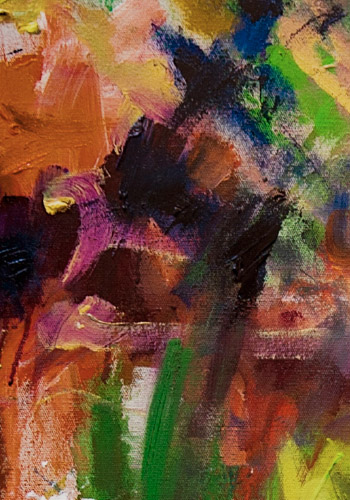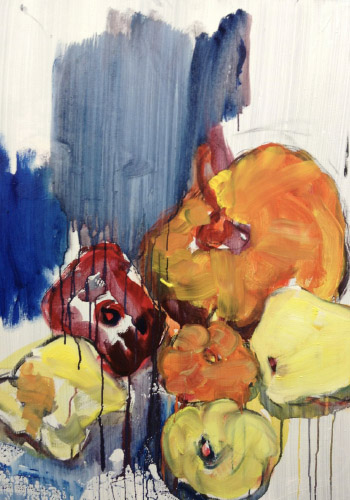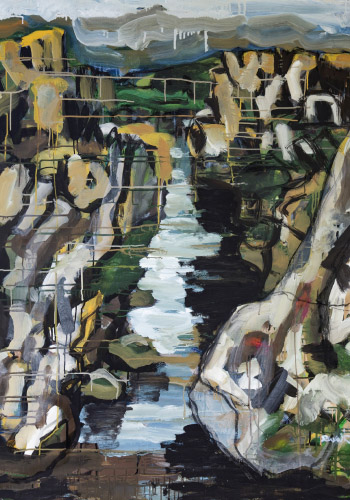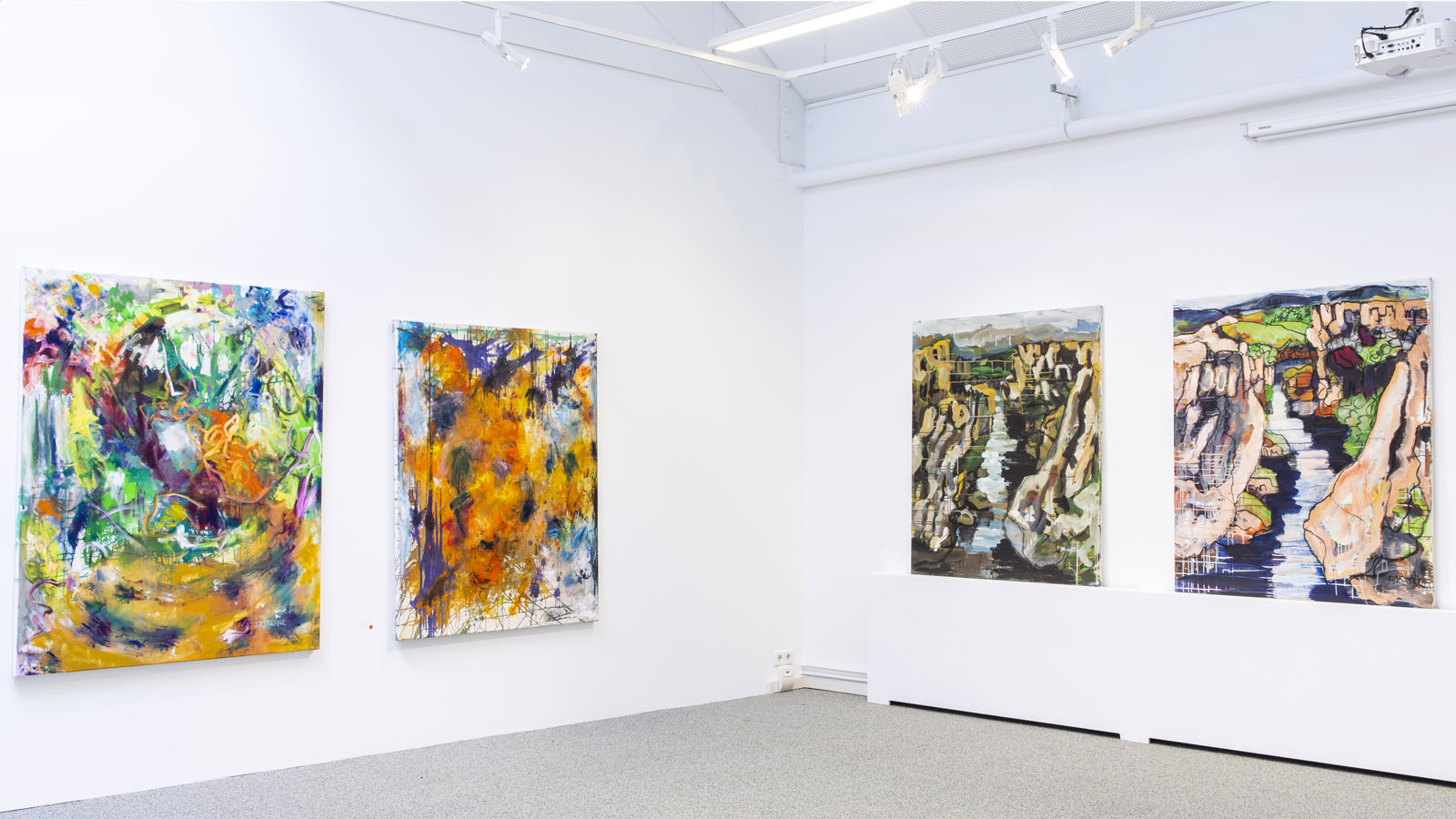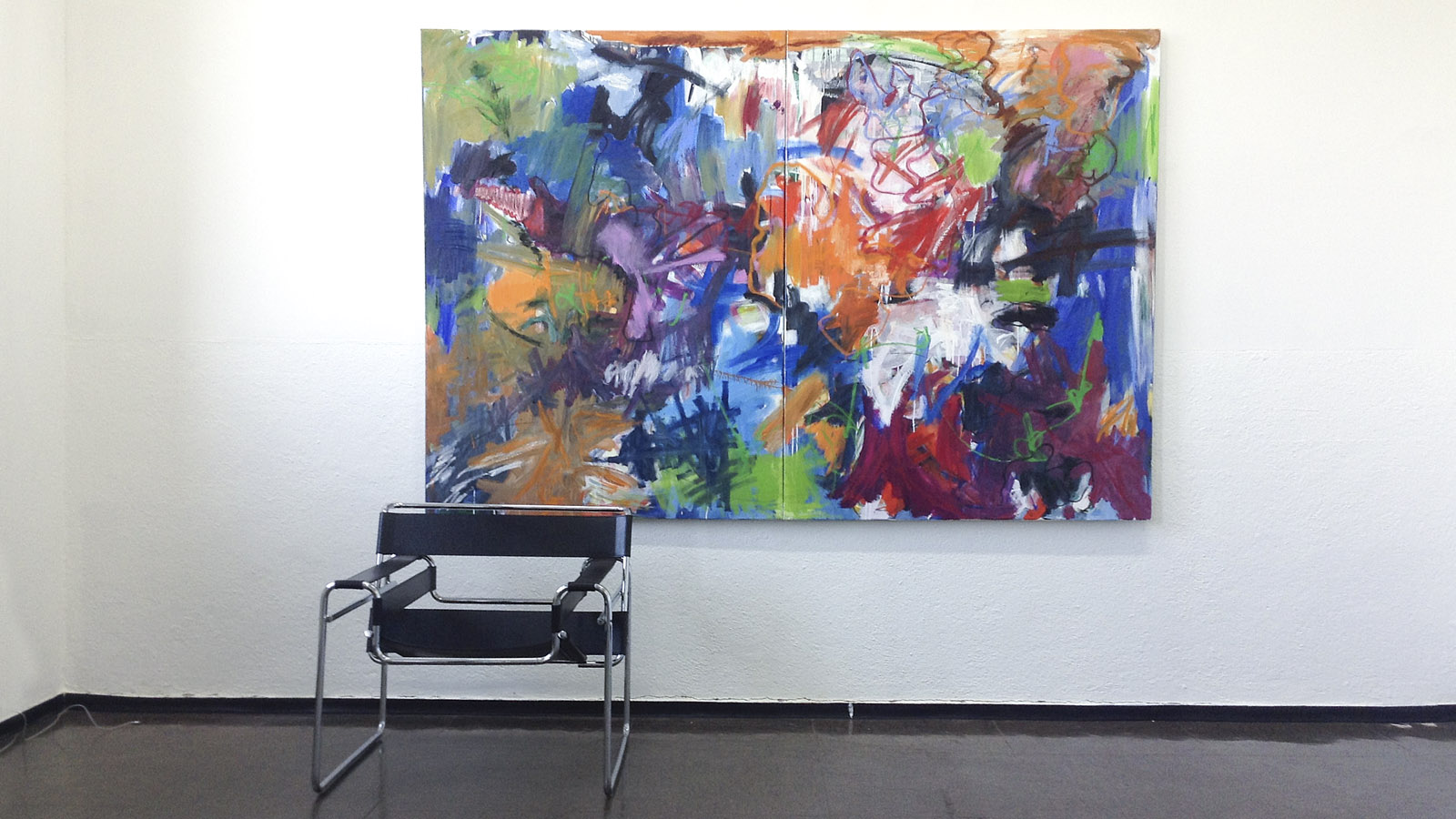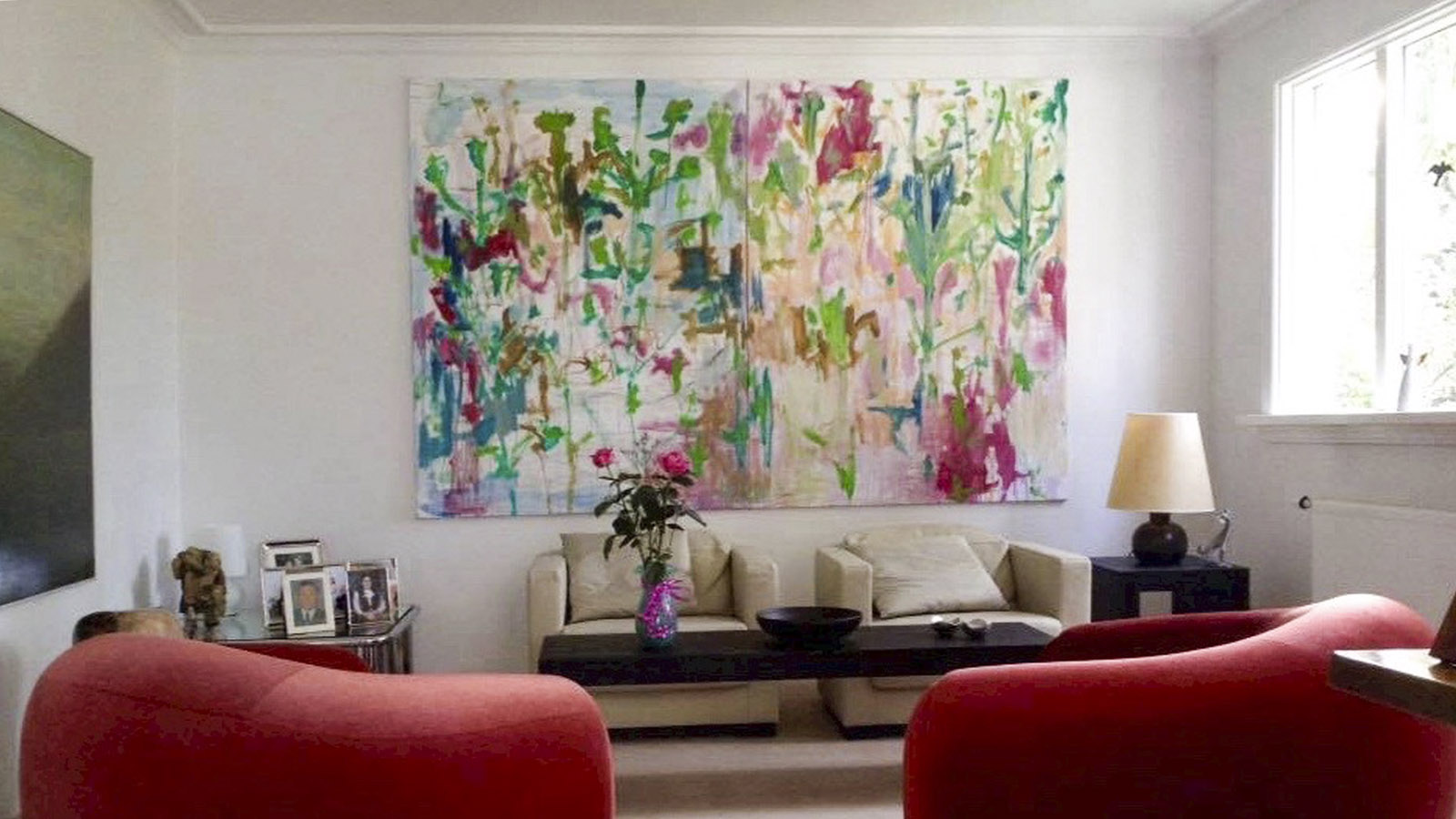SAEVAR KARL
PAINTINGS
„“
I only paint, when I am happy. I must be happy to paint. Fortunately I often have reason to paint.
„“
Of course my inspiration comes from colleagues and from the classics but my main inspiration comes from life itself and the things around me.
the paintings of Saevar Karl
Saevar Karl seems to have hidden reserves of energy. After a very successful business in the fashion industry, at an age when other people recap their life, he starts painting and has a surprising pace when producing art. Twenty, even thirty paintings a day are not uncommon. This remarkable inner drive is less due to the fact that Saevar Karl is among other things working directly from the model and that frequent changes of positions demand swift and concentrated work - this inner drive arises from an uninhibited flow of the action: this artist has the gift to unconditionally addict himself to his ideas. And if his ideas take the wrong direction he will not stop because of a failure. Saevar Karl's quasi-serial working method requires boldness. The wet paint base set up with a broad brush is cut apart - like scissors - with a drawing exploring the sculptural forms and the posture of the model. It is as if you want to express the whole thing with only a few words but if you look closer you could say hundred of thousands more words about it.
The model as powerful stereotyped character: the expressionist Brücke artists are reminiscent in his art, perhaps even figurative representations of the Romanesque. Such a rigorous view of the nature is doing violence to it. Saevar Karl recognizes his boisterous way of working. It is a result of an intensive struggle for the singularity of his expression and a symbol of his sincerity and originality. But is his theme - nude painting - also inventive? The female nude could almost be described as one of the main focuses of the aesthetic issues in modern art. With Tizian or Rubens still genuine expression of life in beauty and perfection the female nude of the 19th century decayed to a Salon piece of art. Manet did demythologise it masterly, Courbet exposed it unprettified for men's eyes, Degas finally declared a private matter out of it. Later on, artists like Picasso or Beckmann used distorting mirrors to revive the subject. Or the legend returns in the form of a national cult of beauty (Jones, Wesselmann). Nude art becomes a general duty and a habit. Today, the subject seems exhausted but it is too obvious to be removed from the repertoire. What forces us to think about beauty if not the nude? It's the nature and above all, it's the art.
Saevar Karl does exactly that. And he thinks as he paints. He uses coarse, sometimes crude means when he concentrates his gestural ideas, when he creates volume transparently instead of outlining it. The figure is knotted in small loops when he combines materials which do not combine to a form of homogeneous texture and start the old quarrel between painting and drawing. Streaks of colour and bundles of lines clash together. They hurt, complement, interdependent each other and form an open clamping of the forces. Saevar Karl's lines are the iron inside the concrete of the colour. They hold the colour and give it a floating impression.
In the long run, maybe Saevar Karl's art is looking for the reconciliation between painting and drawing. His current work is valid in its crisp, succinct statement and is a convincing picture of a lustful grasp of reality and life.
Stefan Zeiler
was born in Vienna, works as a painter, filmmaker, teacher and philosoph.
He works and lives in Munich.
was born in Vienna, works as a painter, filmmaker, teacher and philosoph.
He works and lives in Munich.
